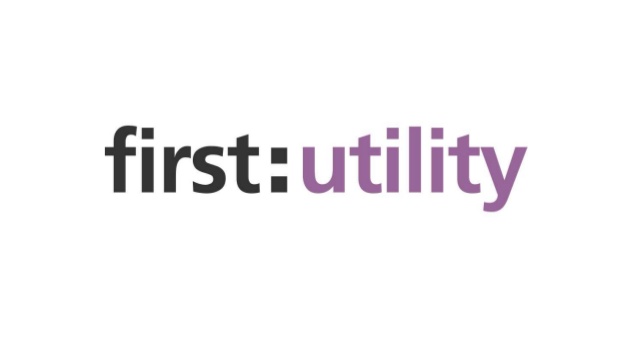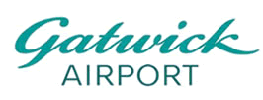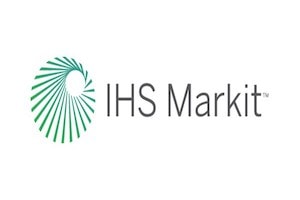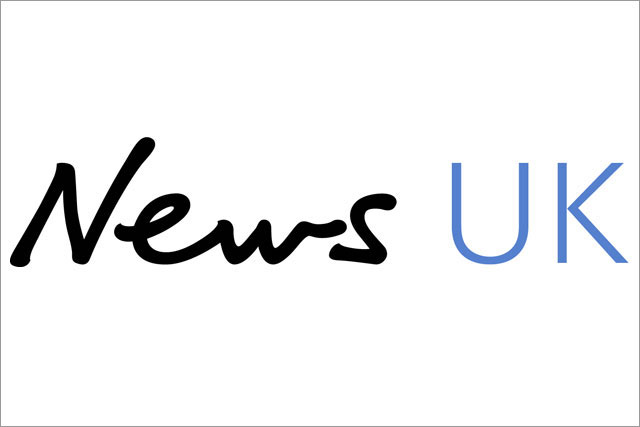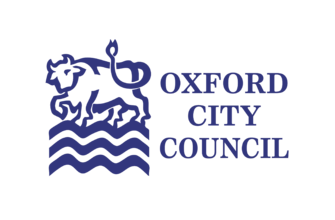You Ask: What's the Best Open Source Database? We Answer: Navigating the Top Choices for Your Project
We all like to do our research when making significant purchasing decisions. You're likely here because you're asking a crucial "best-in-class" question about Open Source databases. It's a natural question to ask, and it's our duty as educators to provide you with the most honest and transparent answer possible.
Here's the truth upfront, and we want to be fiercely transparent about it: There is no single "best" Open Source database. While we specialize in understanding and guiding decisions within the complex Open Source database landscape, the optimal choice for your project will always depend on your specific data model, workload, and long-term business strategy. Our goal is not to sell you on one option, but to equip you with the knowledge to make the most informed decision for your unique needs. By openly discussing the strengths and weaknesses of various options, we aim to disarm your natural skepticism and demonstrate that we genuinely intend to address your best interests.
Our Approach to Navigating Best-in-Class Open Source Databases
To provide you with the deepest and most honest understanding of the Open Source database landscape, we focus directly on the questions we know you're asking. We stick to facts and rely on extensive analysis to explain the pros and cons of each option, allowing you to decide what is best for your project.
The "Report: Open Source Database Best-in-Class" highlights the "Big 5" major Open Source databases, along with several specialized alternatives, emphasizing that there is no single best database. The optimal choice is a function of a project's specific data model, workload, and long-term business strategy.
The Foundational Divide: Relational vs. NoSQL
The first critical decision in database selection depends on the natural "shape" of your data and your application's consistency requirements.
- Relational Databases (SQL): These databases, like PostgreSQL and MySQL, organize data into structured tables with rows and columns, linked by keys. They are designed for strong consistency and data integrity, adhering to ACID principles (Atomicity, Consistency, Isolation, Durability). They excel at complex relationships and multi-table queries, making them ideal for applications requiring high data integrity.
- NoSQL (Not Only SQL) Databases: This diverse family, including MongoDB, Redis, and Cassandra, offers a more flexible, schema-less approach. They prioritize horizontal scalability and flexible schemas over rigid consistency. NoSQL databases are best for handling dynamic, unstructured, or semi-structured data and applications that need to scale for massive data volumes and user traffic.
The Relational Titans: PostgreSQL vs. MySQL
These are the two most popular Open Source relational databases, each with distinct philosophies.
- PostgreSQL:
- Strengths: Fully ACID compliant in all configurations, providing strong data integrity for mission-critical applications. Uses Multi-Version Concurrency Control (MVCC) universally, which allows multiple users to read and write the same data simultaneously without read-write locks, making it exceptionally well-suited for high-concurrency environments and complex queries. It scales well vertically and offers extensive extensibility with many features and extensions. It has been preferred by professional developers for complex requirements.
- Best Use Cases: Mission-critical OLTP (Online Transaction Processing) and enterprise applications where data integrity, advanced analytics, and complex queries are paramount.
- Performance Considerations: Memory-intensive due to a new system process for every connected user, but excels in concurrent write operations and complex tasks.
- MySQL:
- Strengths: Known for its simplicity, shorter learning curve, and ease of use. It is optimized for frequent read-heavy workloads. Its single-process, multi-user architecture requires fewer resources for multiple connections, which allows it to outperform PostgreSQL in applications that primarily read and display data to users. It is also strong in logical replication with its master-replica setups for distributing read traffic across multiple servers in read-heavy applications.
- Best Use Cases: Read-heavy web applications, content management systems, and projects prioritizing ease of use and rapid deployment.
- ACID Compliance: Dependent on the chosen storage engine, being fully guaranteed only when using InnoDB or NDB Cluster.
The NoSQL Specialists: Beyond the Relational Model
For applications that demand scale and flexibility beyond the relational model, the NoSQL family offers specialized solutions.
- MongoDB (Document-Oriented):
- Strengths: Stores data in flexible, JSON-like documents with a schema-less design. It provides exceptional flexibility for handling dynamic or semi-structured data, making it a popular choice for content management systems and mobile applications. It is designed for horizontal scaling through sharding, a process of distributing data across multiple machines, allowing it to handle massive user traffic and efficiently store billions of records.
- Limitations: Its consistency model ("eventual consistency") for its replica sets is not as mature or robust as that of traditional relational databases, which can lead to situations where different users temporarily see slightly different versions of the data, making it less suitable for applications demanding strict data integrity like financial transactions. Additionally, its denormalized document model can lead to increased memory and storage usage, and it lacks native support for joins.
- Best Use Cases: Scalable, dynamic data with flexible schemas, ideal for handling unstructured data at scale.
- Redis (In-Memory Key-Value Store):
- Strengths: An open-source, in-memory data store known for its sub-millisecond response times, achieved by operating entirely in RAM. It offers versatile data structures including strings, lists, sets, hashes, and geospatial indexes. It often functions as a high-performance cache, a message broker, or a queue within a larger architecture.
- Best Use Cases: Low-latency operations, caching, session management, real-time analytics dashboards, and leaderboards, complementing a primary database.
- Cassandra (Distributed Wide-Column NoSQL):
- Strengths: Apache Cassandra is a distributed NoSQL database celebrated for its high availability and linear scalability. Its architecture is decentralized and masterless, with no single point of failure, which allows it to maintain 100% uptime availability even in the event of a node failure. It is optimized for massive, high-velocity writes, making it ideal for IoT sensor data, time-series data, and logging systems. Its flexible data model allows for simple schema modifications without impacting existing data.
- Limitations: Querying requires that the data model be built around the specific queries the application will use, and its use of secondary indexes can degrade performance as the cluster grows. Furthermore, it lacks native support for transactions.
- Best Use Cases: High-velocity writes and superior availability for applications like IoT and time-series data.
The Niche Specialists: Choosing the Right Tool for the Job
Beyond the "Big 5," a number of specialized open-source databases exist to address specific, complex use cases.
- Neo4j (Graph Database):
- Strengths: Stores data as nodes and relationships, a fundamentally different approach from traditional databases. Its core strength is its ability to efficiently traverse complex, interconnected data. It is superior for identifying complex patterns like hidden cycles or suspicious hubs of activity that would be extremely difficult to uncover with a relational database.
- Best Use Cases: Fraud detection, recommendation engines, and optimizing supply chain networks, as these applications rely on understanding and analyzing complex relationships within the data.
- ClickHouse (Columnar Database):
- Strengths: An open-source, columnar database designed specifically for OLAP (Online Analytical Processing) workloads. By storing data in columns, it provides "blazing fast" query performance for real-time analytics by efficiently reading and aggregating vast amounts of data without scanning unnecessary rows.
- Best Use Cases: Business intelligence, real-time reporting, and large-scale data analysis.
- Important Distinction: Its performance benchmarks are for OLAP queries, not high-volume online transaction processing (OLTP), reinforcing the idea that a database cannot be "best-in-class" for every workload.
Beyond the Code: Total Cost of Ownership (TCO) and Support
The decision to adopt an open-source database extends far beyond the technical merits of the codebase; a full evaluation requires a clear-eyed view of the financial, operational, and security realities. The "free" advantage of open-source software can often mask the true Total Cost of Ownership (TCO).
- Operational Costs: The largest single component of these operational costs is often the salaries of professional database administrators (DBAs) and systems operations personnel (SysOps). Without a commercial support contract, an organization assumes the full burden of managing, maintaining, and troubleshooting the database.
- Risk of Downtime: The financial risk is compounded by the staggering cost of downtime, which can be as high as $5,600 per minute in lost revenue. This reality underscores the need for a significant investment in human capital to prevent costly operational failures.
- Security and Technical Debt: The lack of official, structured support can lead to the accumulation of "technical debt". Outdated open-source software poses significant security risks, as older versions often contain publicly documented vulnerabilities that have been patched in newer releases.
- Commercial Support: Many enterprises turn to commercial support and managed services (e.g., MongoDB Atlas, EDB Postgres) to mitigate these risks and gain the benefits of open-source while ensuring stability and security. These offerings provide guaranteed response times, official patches, expert guidance, and tools to ensure compliance and robust security. While substantial, these costs ensure reliability and security for enterprise use.
Conclusion: A Decision-Making Framework
To reiterate, the "best" open-source database is that no single option reigns supreme. The optimal choice is always a function of an organization's specific data, workload, budget, and in-house expertise. The most successful database strategies begin with a clear, honest assessment of these factors, rather than a search for a single, magical solution.
- Define Your Data: Is the data structured and relational, or is it dynamic and semi-structured?
- Analyze Your Workload: Is the application's primary need to handle high-volume transactions (OLTP) or complex analytical queries (OLAP)? Is it a read-heavy or write-heavy system?
- Evaluate Your Scale: Is the project a small-scale application that can run on a single server, or is it a massive, distributed system that will handle billions of records and user requests?
- Assess Your Team: Does the in-house team have the specialized skills to manage and troubleshoot the chosen database, or will a managed service with a predictable cost and guaranteed support be a more viable option?
By following this framework and embracing transparent education, technical leaders can make an informed, strategic decision that aligns with their business goals, ensuring long-term success without being swayed by the initial illusion of "free".














